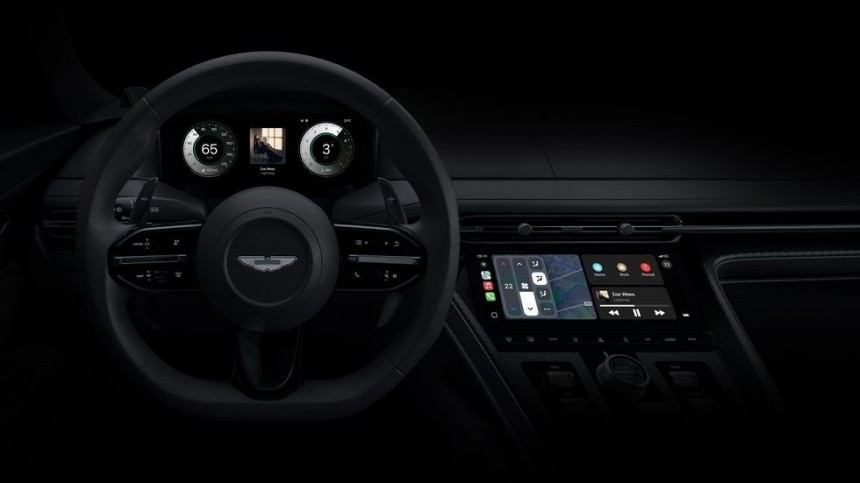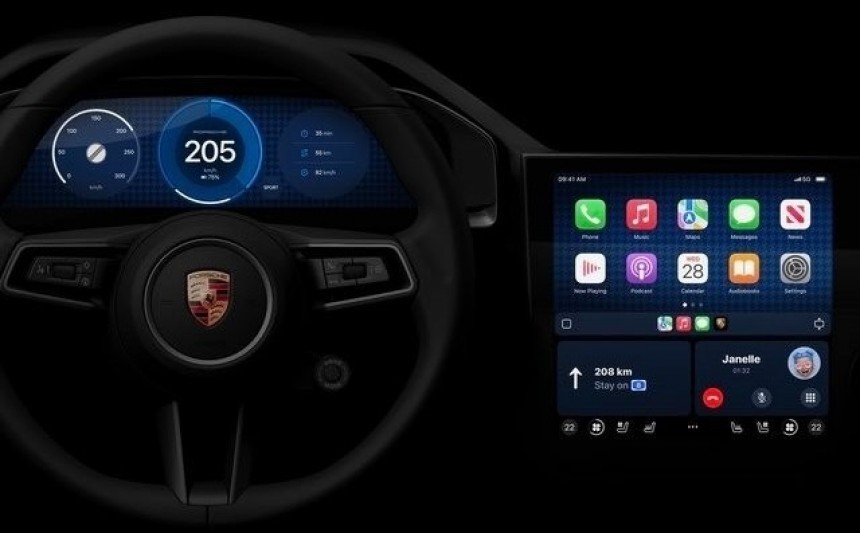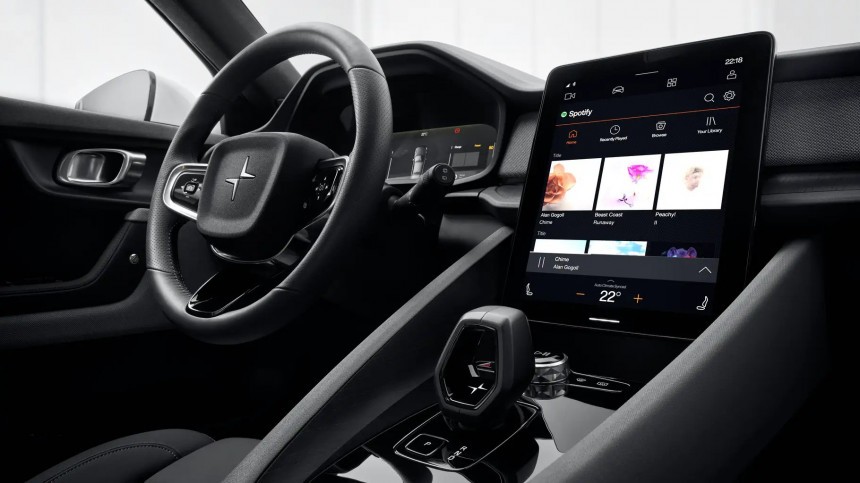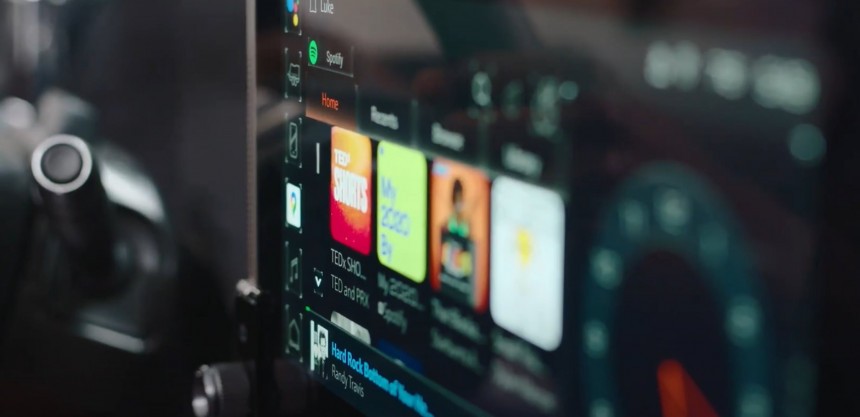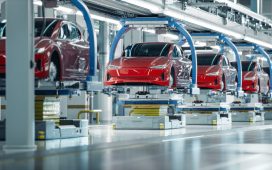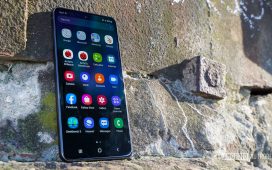Like Android and iOS, Android Auto and CarPlay are long-time rivals fighting for almost the same audience, sometimes serving as the main reason for buying a specific phone model.
Despite the obvious competition, Android Auto and CarPlay have been involved in the fight for the survival of phone mirroring systems together. General Motors announced last year that its future models would no longer offer Android Auto and CarPlay, as the company goes all-in on Android Automotive. The controversial strategy has already come into effect, with the 2024 Blazer EV blocking the two systems.
GM hoped more companies would follow in its footsteps. Thank God this isn’t happening, as the negative feedback from users disappointed with GM’s decision prompted several carmakers, including Ford and Polestar, to reaffirm their commitment to Android Auto and CarPlay.
Based on the existing data, Android Auto and CarPlay are here to stay. But as with everything else in any industry, the fight for the leading spot doesn’t entirely come down to what happens in the present. It also involves the future and long-term strategies, and if you’re a tech-savvy user, you probably know that Google and Apple have already prepared big updates for their platforms.
Unfortunately for Apple, it doesn’t look like its plan is working.
The existing CarPlay version enjoyed great adoption, with Apple’s data revealing that nearly eight in ten new-car buyers in the United States wouldn’t even consider a vehicle lacking the system.
However, Android Auto and CarPlay already feel outdated, and despite the majority of new models coming with them (not GM’s, of course), users have started to feel the need for more advanced capabilities.
Google and Apple are ready to deliver them with Android Automotive and the new-generation CarPlay.
Android Automotive has been around for several years, and while its adoption progressed slowly, Google has already joined forces with several high-profile carmakers to install the operating system in their cars. These partnerships will continue, and Google will expand the availability of AAOS to more cars, as it’s already discussing its adoption with other big names.
Meanwhile, Apple can’t even prepare CarPlay 2.0 for prime time. Apple announced the new-generation CarPlay with much fanfare in the spring of 2022. It promised to release the first vehicle announcements by the end of 2023. These announcements landed in the last days of the year, a clear sign that the work behind closed doors didn’t progress as expected. Only two carmakers confirmed the adoption of CarPlay 2.0 – Aston Martin and Porsche, both exclusive carmakers whose cars aren’t aimed at the masses budget-wise.
Apple needs carmakers with budget-friendly models to adopt CarPlay 2.0 if it wants the new-generation system to grow its user base. The company has already bragged about a long list of carmakers planning to install CarPlay in their cars, but so far, big names like Ford, Honda, and Toyota seem to think twice before offering the new-gen CarPlay.
There are three reasons why Apple’s long-term CarPlay strategy could fail.
First, the company is late to the party. The repeated delays have significantly impacted the interest in the new-generation CarPlay, as it’s becoming more obvious that getting your hands on a car featuring the system might be impossible this year. I hope Apple will share more details at the upcoming WWDC; otherwise, it’ll be hard for the iPhone maker to remain relevant in this battle.
Second, Android Automotive is slowly gaining traction. General Motors, Volvo, Honda, Ford, Nissan, Renault, and others have already installed AAOS in their cars. Android Automotive can be installed with or without GAS, so carmakers can choose if they want Google’s services to power the system. Some manufacturers, like BMW, adopted Android Automotive without GAS, remaining in charge of offering third-party alternatives to Google’s services, including an app store.
Third, carmakers have become more committed to developing in-house software to offer a complete feature package. Mercedes has recently confirmed it wouldn’t use CarPlay because only an in-house operating system would be able to power the entire feature arsenal of its cars. Other companies embraced a different strategy, as they determined that investing in software is the only way to retain infotainment control. The infotainment system can become a money-making machine in the long term, especially as the subscription model gains traction.
The demise of the Apple Car forced the iPhone maker to rethink its automotive strategy, so everything now revolves around CarPlay and Apple Maps. CarPlay 2.0 is late to the party, and so is the detailed city experience – the big update that transforms Apple Maps into a fully featured Google Maps alternative.
Everything suggests the Cupertino-based tech giant is losing the battle, and for some reason, Apple doesn’t seem concerned about it. The next months will be critical for the future of CarPlay, not just from Apple’s perspective but also for its relationship with carmakers and their willingness to adopt the new-generation experience.


